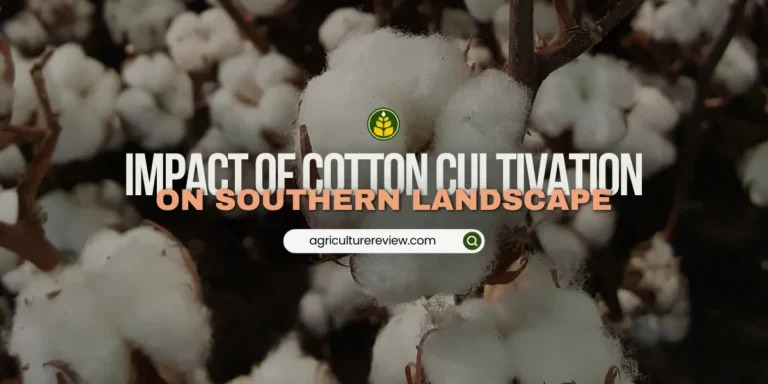1. Which of the following is a systemic fungicide?
2. Which pest is controlled using pheromone traps?
3. What is the primary target of nematicides?
4. Which of the following is a contact herbicide?
5. Which biological control agent is used against aphids?
6. What is the mode of action of insect growth regulators?
7. The use of neem oil in pest control is an example of which type of control method?
8. What type of pathogen causes “late blight” in potatoes?
9. Which is a common symptom of viral infection in plants?
10. What does IPM stand for in crop protection?
11. What is the most common method of controlling weeds in rice paddies?
12. Which insect is a vector for the transmission of tungro virus in rice?
13. Which of the following is not a method of biological control?
14. In crop protection, what is the main purpose of crop rotation?
15. Which chemical is commonly used as a fumigant for soil sterilization?
16. What is the primary benefit of using cover crops in pest management?
17. Which fungal disease affects grapes and causes powdery mildew?
18. Which of the following is a non-selective herbicide?
19. In crop protection, what does the term “economic threshold” refer to?
20. Which is a common biological control method for managing pests in stored grains?
21. Which pest management strategy involves using resistant crop varieties?
22. What is the main disadvantage of using chemical pesticides?
23. Which of the following is a selective herbicide used in broadleaf weed control?
24. The pest control method involving the release of sterilized male insects is known as?
25. What is the causative agent of “black sigatoka” in bananas?
26. What type of pesticide is used to control mites?
27. Which method is used to control soil-borne pathogens?
28. What does the term “residual toxicity” mean in pesticide use?
29. Which of the following is an example of a botanical pesticide?
30. Which pest is known for causing “hopperburn” in rice?
31. What is the mode of action of Bt (Bacillus thuringiensis) in insect control?
32. What is a major disadvantage of monoculture in crop protection?
33. Which of the following is not a component of Integrated Pest Management (IPM)?
34. Which insecticide group does imidacloprid belong to?
35. What type of resistance occurs when pests become resistant to multiple classes of pesticides?
36. Which of the following is a method of cultural pest control?
37. What is the primary function of a surfactant in pesticide application?
38. Which disease is caused by the bacterium Xanthomonas oryzae in rice?
39. Which weed is commonly controlled by the herbicide atrazine?
40. Which of the following is an example of a mechanical control method?
41. Which pathogen causes “downy mildew” in grapes?
42. What type of control strategy involves altering the planting time to avoid pest outbreaks?
43. Which of the following is a preventive measure in pest management?
44. Which fungus causes “rice blast” disease?
45. Which of the following is a biological insecticide?
46. What is the role of a buffer zone in pesticide application?
47. Which weed is commonly controlled by the herbicide atrazine?
48. Which of the following is an example of a mechanical control method?
49. Which pathogen causes “downy mildew” in grapes?
50. What type of control strategy involves altering the planting time to avoid pest outbreaks?






